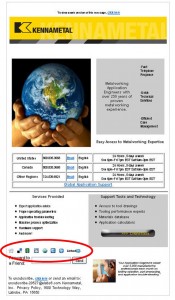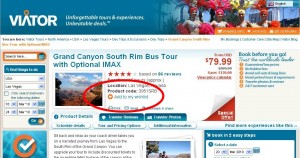Guide to Facebook Ads
Facebook this week launched a free Guide to Facebook Ads to give advertisers more information on how to build successful campaigns on the social network.
 The guide covers the basics, such as the types of ads Facebook offers, as well as detailed information on how to budget campaigns, target an audience and improve performance.
The guide covers the basics, such as the types of ads Facebook offers, as well as detailed information on how to budget campaigns, target an audience and improve performance.
For example, the guide’s “Best Practices” section provides the following tips:
– Choose one goal for your campaign to better focus your efforts and set a budget
– Create ads with captivating titles, relevant images and a strong calls-to-action
– Use demographic and psychographic reports available in the Ads Manager to determine which audiences your ads best resonate with
– Closely relate landing pages to ads
– Test multiple ads to uncover the best approach for your audience
For marketers already advertising in Facebook, the guide is worth going through to round-out your knowledge and to fill in any gaps. For marketers who are just getting started, or who are considering a campaign on the network — it’s a vital resource.










